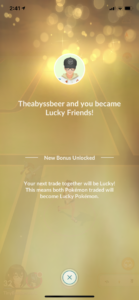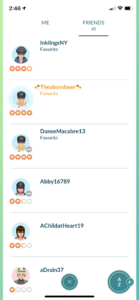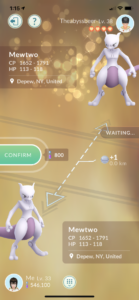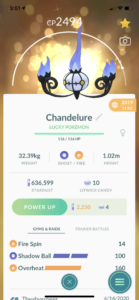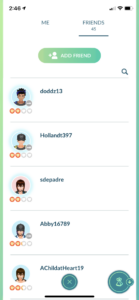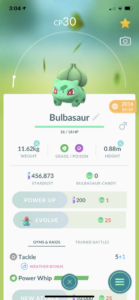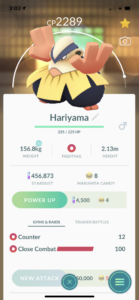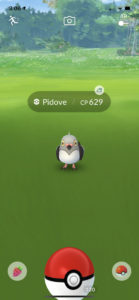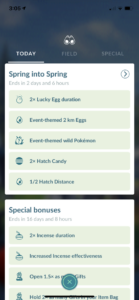Stephen King is a household name. As one of the most popular authors in America, his books routinely place high on The New York Time’s Best Sellers list. Such is his fame that even people who have never read his works still know his name–largely due to the success of the film and tv adaptations of his books.
When I first picked up “On Writing: A Memoir of the Craft”, I only knew two things about Stephen King: 1. He is wildly popular; and 2. He writes horror. I had never read any of Stephen King’s books, or watched any of the movie or tv adaptations of the same. Here’s why: I’m a wimp. I can’t handle scary. I was no fan of Stephen King, so why did I feel drawn to this book on my husband’s bookshelf?
It was the title that caught my interest. “On Writing.” After being laid off due to Covid-19 and deciding to launch a freelance writing career, writing was suddenly more important to me than ever. It could become my livelihood.
I wondered, What pearls of wisdom could I learn from this world-famous author, who has been in the game for decades? What secrets to success might he reveal? In this way, I approached “On Writing” like a pilgrim climbing the summit of a mountain to ask a holy man the meaning of life.
I didn’t find the meaning of life, and in the beginning I was even afraid I was going to be disappointed. King sets the stage in the First Foreword by talking about a band he formed with a few other famous authors, causing me to suppose I was in for several chapters’ worth of boring, vintage-Hollywood memories and pretentious name dropping. Autobiographies like that are a dime a dozen.
Little did I know that after reading the brief First Foreword and even briefer Second and Third Forewords, and diving right into the C.V., I would be hooked. Filling the first half of the book, the C.V. is King’s memoir, a series of memories from his childhood and early adulthood, and it is a testament to his storytelling skills.
King shares his memories honestly, infused with the fondness of an adult who realizes that all of these things–the good, the bad, and the ugly–are what made him who he is today, and he wouldn’t change a thing. His treatment of his family is no-frills: no villains or heroes here, just real people who may have been flawed, but were loved nonetheless.
His memories are never boring or drawn out; he never makes up stuff to fill in the gaps. If he doesn’t remember why something happened or the exact timeline of events, he simply says so. Even more refreshing is King’s sense of humor. His dry wit and periodic self-deprecation took me by surprise by actually making me laugh out loud.
Reading the C.V. was as enjoyable as reading a novel; King followed his own advice “…to make the reader welcome and then tell a story…to make him/her forget, whenever possible, that he/she is reading a story at all.”
While the first portion of the book feels like hanging out and sharing memories with an old friend, upon arriving at the second portion of the book, we find the fourth wall is firmly back in place. There, King reminds us, You’re the reader. I’m the author.
The second part of the book is On Writing, King’s how-to guide for writers. It is later revealed that King wrote this second portion while recovering from the life-altering accident that almost killed him, which could account for the change in tone.
Because the sections are longer, reading this part of the book felt like a tougher slog than before. Even so, On Writing is peppered with personal anecdotes and King’s trademark humor that keep the reader’s interest and balance out the scholastic nature of the content.
King has certainly earned his stripes, but he’s never overbearing or pompous with his advice, generously sharing all the wisdom he’s got. He describes the “toolbox” every writer should have, stocked with vocabulary, grammar, and the elements of style, plus skill with description, dialogue, theme, plot, etc.
He shares his own writing process and encourages the reader to find what works for them. Most importantly, he declares that there is no secret to becoming a successful writer, only hard work. It’s maybe not what writers want to hear, but he is emphatic.
“If you want to be a writer, you must do two things above all others: read a lot and write a lot. There’s no way around these two things that I’m aware of, no shortcut.”
And so the holy man gives the pilgrim the answer that should have been obvious all along. But instead of the stereotypical ending where the pilgrim walks away abashed, shoulders slumped, this pilgrim is thrilled and inspired.
I discovered that Stephen King is not some wild-eyed sadist, churning out horrific tales of blood and gore. He’s just a regular guy who had a typical childhood, loves his family, and faces the same struggles as anyone else. He also happens to love his craft and has worked hard to be the best.
And as writers, we actually have a lot in common. “On Writing” validated some of my feelings about writing, and provided me with fresh perspectives and ideas to implement in my pursuit of a writing career. “On Writing” is full of nuggets of wisdom that can benefit any writer.
I will end this review with one such nugget, issued forth by Stephen King like a Braveheart rallying his warriors, and hopefully it will inspire us all to bring nothing but our best to our writing.
“You can approach the act of writing with nervousness, excitement, hopefulness, or even despair–the sense that you can never completely put on the page what’s in your mind and heart. You can come to the act with your fists clenched and your eyes narrowed, ready to kick ass and take down names. You can come to it because you want a girl to marry you or because you want to change the world. Come to it any way but lightly. Let me say it again: you must not come lightly to the blank page.”



